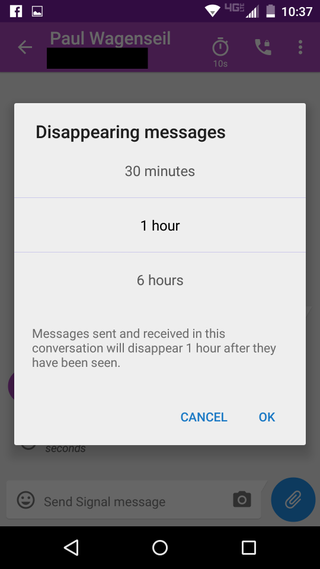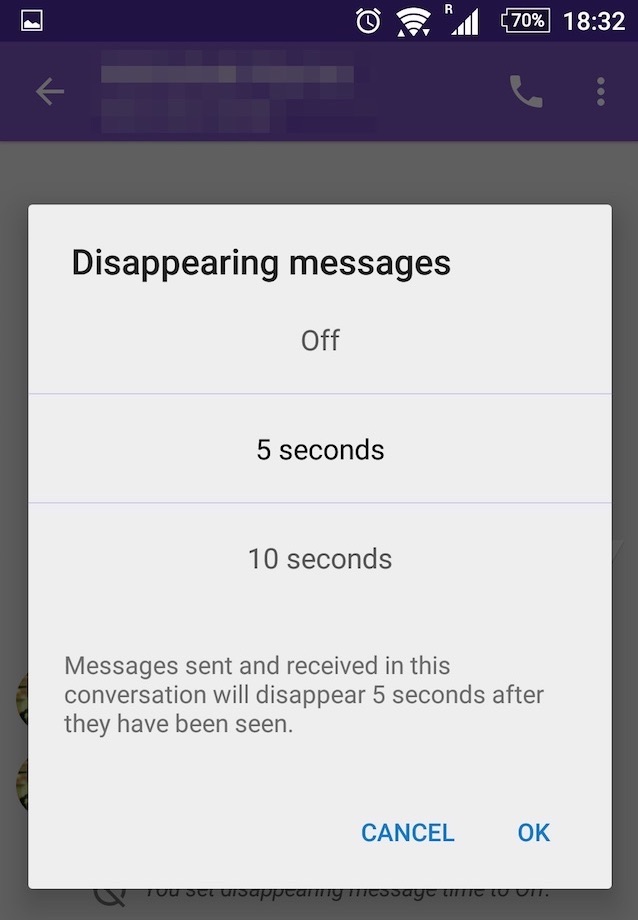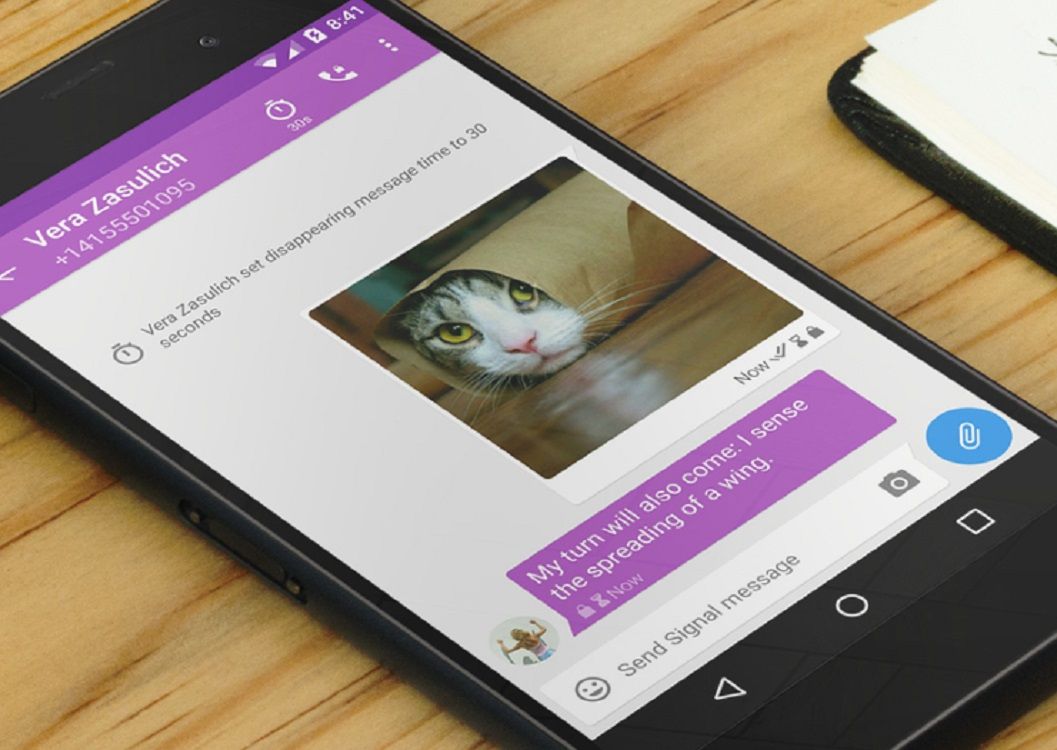
You do this in Settings>Notifications>Signal>Show Previews>Never. This will prevent messages appearing on your Lock screen.

You should also turn off Notifications for Signal on your iPhone. You’ll need to provide an actual number for Google’s verification process, but can then use the Voice number to further protect your Signal. To avoid sharing your actual number, it’s possible to use a Google Voice number – just log-in to Voice with a Google account and select a new number. When you create a Signal account, the service will require that you provide a phone number, which becomes your username. You access this tool using a new round icon (it looks like a PS controller) at the top of an image – tap it to activate and Signal will blur any faces it finds in an image. This is designed to help you and those around you retain your privacy. Signal is developing a new tool to blur faces in images you send using the service.



Everyone in a chat should be using it to benefit from this security, particularly if you’re exchanging valuable data. If you are messaging with someone who is not using Signal, then nothing is encrypted. iMessage also offers end-to-end encryption, but is sadly not cross-platform, which gives Signal the edge. It’s open source, uses end-to-end encryption by default and doesn’t store message metadata or use the cloud to back up messages. This makes the content of your messages really hard to intercept (though I hesitate to say impossible, as we live in difficult times).


 0 kommentar(er)
0 kommentar(er)
